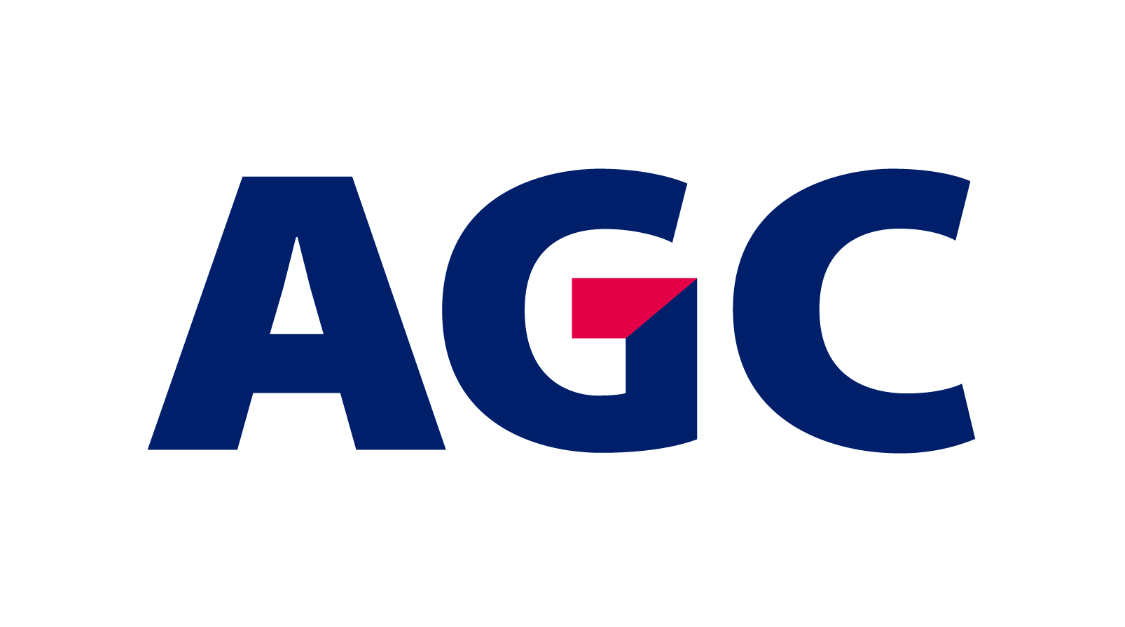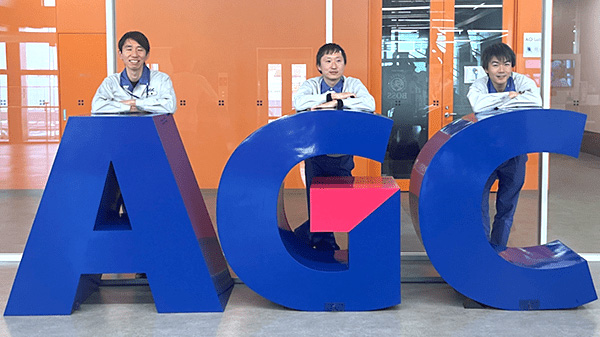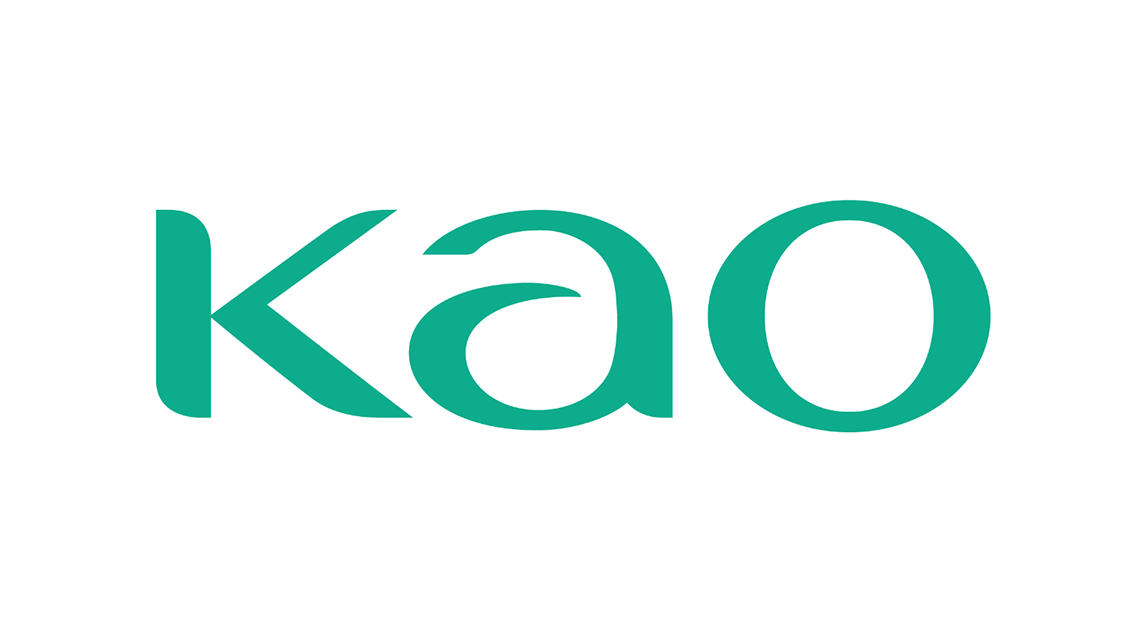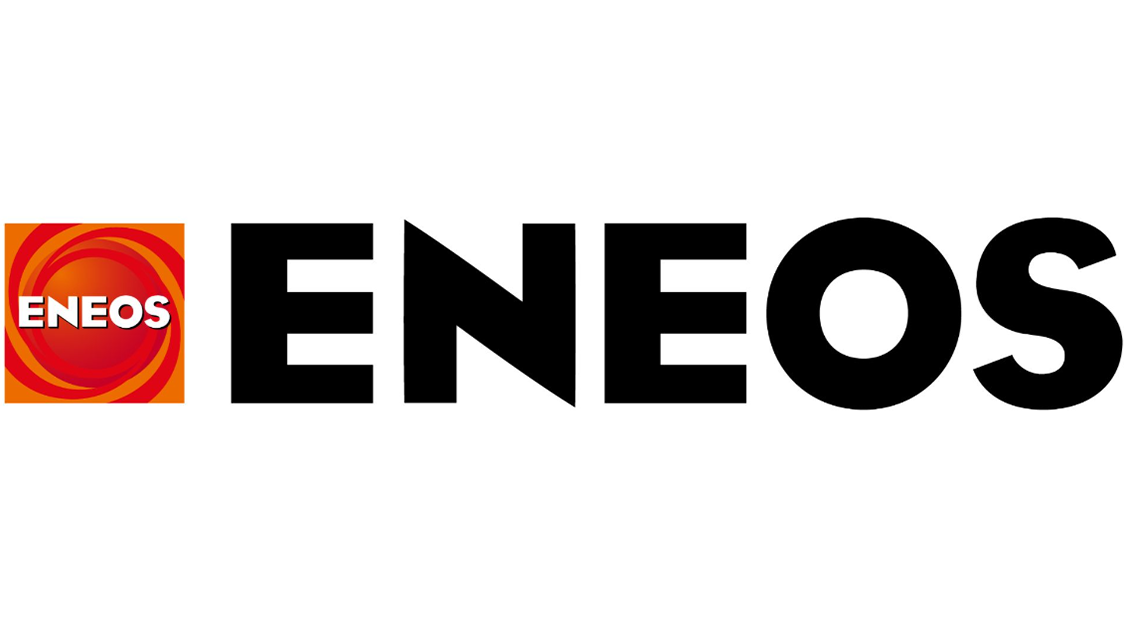Verification period shortened from 2-3 years to 1.5 months after Matlantis. Significant enhancement in speed and efficiency of development processes with computation.
- Kuraray Co., Ltd.
- Industry: Chemicals
- Business: Manufacturing and sales of resins, chemicals, activated carbon, fibers, etc.
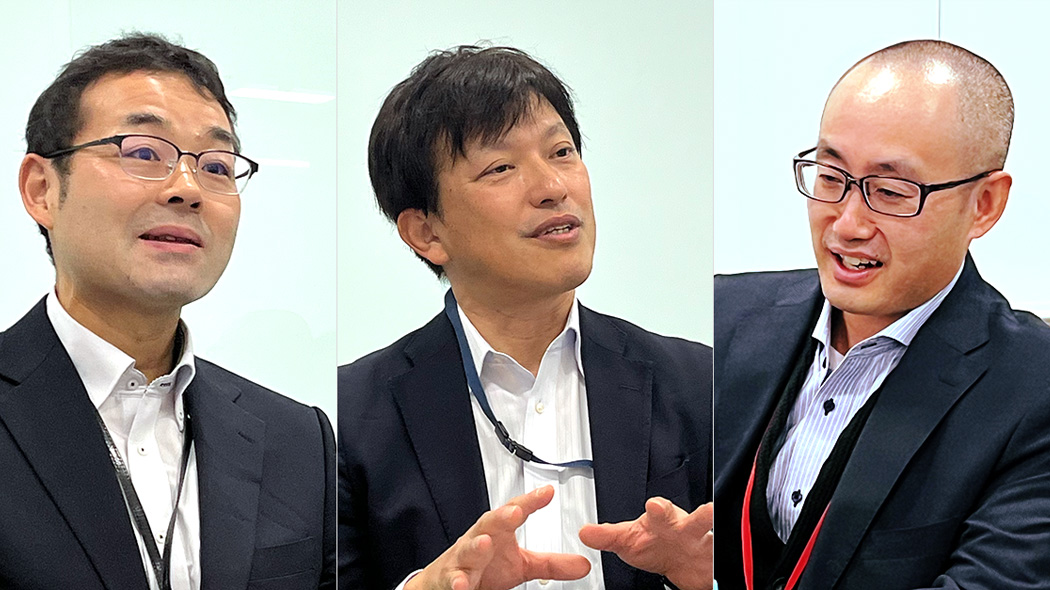
From left to right: Dr. Kamata, Senior Manager of the Planning and Administration Department And Digital Solution Department, Research and Development Division, Mr. Sugoh, General Manager of the Research and Development Division, and Dr. Miura, Manager of the Digital Solution Department established within the Research and Development Division
Combined with AI and experimental data, computational chemistry contributes to raising the level of research and development. “We expect that it can be a powerful tool to compete globally.”
At a time when the chemical industry in Japan is required to be globally competitive, Kuraray is working to develop new materials while maintaining its world-class technological edge. Under the Kuraray Group’s Digital Transformation (DX) vision of “Improve competitiveness, continuously evolve, and contribute to the world,” the Research and Development Division has implemented Matlantis as a DX platform technology to address the issue of “speeding up the development of a wide range of materials,” and is working to solve the problem by combining it with AI and experimental data. We interviewed Mr. Sugoh, General Manager of the Research and Development Division and Dr. Kamata, Senior Manager and Dr. Miura, Manager of the Digital Solution Department established within the Research and Development Division in January 2025.
Q. What is the position of conventional simulation technology in your company?
Kamata: There have been several attempts to utilize simulation in our division, but far from being used to narrow down candidate substances before experiments, it was only used to provide reasons for the results of experiments. Therefore, I think that the scope of simulation utilization was still limited.
Miura: Conventional simulation tools were very time-consuming, so in the end it was faster to conduct experiments, and there were many limitations, such as only being able to simulate a very narrow range of materials. Unfortunately, they could not keep up with the speed we required.
Q. What results have been achieved through the implementation of Matlantis?
Sugoh: We expected to spend 6-12 months in the initial validation phase, but after 3 months of validation, we found Matlantis to be superior to the other products.
Miura: Catalyst development is a very important area of our R&D, and we felt that Matlantis would be practical because we found out it to be tens of thousands of times faster than conventional methods and accurate enough to give chemically valid results for the materials we use. I was engaged previously in the field of quantum chemistry, and Matlantis is the first software I had encountered that could simulate a practical level of results. For example, when we simulated 13 catalyst improvement ideas with Matlantis, the results showed that none of them were promising, so we did not need to devote resources to validate these 13 ideas. With conventional methods, it would have taken two or three years to see these results, but Matlantis derived them in a month and a half, so we were confident that we could streamline and accelerate our R&D. Currently, it is having a very positive effect in narrowing down candidate materials for other material development as well.
Kamata: Since simulation technology increases the speed up of various verifications, I feel that it will become an important ability for researchers to come up with more ideas than ever before. In the past, the position of computational chemistry was an afterthought to experiments, but now we are starting to use Matlantis in preliminary studies to simulate before conducting experiments.
Miura: Matlantis is powerful when combined with other technologies: Matlantis alone has difficulty predicting the performance of solid catalysts we handle at the industrial level, but by creating an AI that learns from Matlantis simulation data, we are able to predict the performance at a certain level.
Kamata: One of the team’s major challenges is to utilize Matlantis data, experimental data, etc. to predict and propose larger structures, and we would like to continue working on this.
Q. What is the cost-effectiveness of Matlantis?
Miura: If we tried to secure the same resources as Matlantis with a supercomputer, the on-premises itself would be very expensive, and the IT infrastructure implementation, management, and running costs would also be high, so we think Matlantis that can be operated in the cloud is economically rational.
Kamata: Even though the introduction of Matlantis has not been well publicized within the company, we are still receiving a considerable number of requests for simulations, which are more than we can work on. I think we will be able to see the cost-effectiveness of Matlantis on a company-wide basis once we have the personnel structure in place to handle a certain volume of requests and can see what kind of issues it has helped solve.
Q. What are your future goals?
Kamata: We have many products, such as polymer materials and activated carbon, where large-scale structures play a crucial role in their function. One of our major challenges is how to deploy Matlantis data and experimental data to predict and propose such substances. If we can propose better solutions to problems by utilizing complex data, it will be a high-level approach, and that is what we would like to achieve.
Miura: We are aiming to realize performance prediction of polymers. This is difficult because polymer performance is determined by molecular structure on a very large size scale, which Matlantis cannot simulate, but I expect that combining Matlantis with other technologies will make this possible. I would like to create superior simulation technology for predicting the performance of other resin materials that are important to our company, as well as understanding the background and elements.
Sugoh: In the future, we must consider how to develop simulation as one of the DX platforms for research and development. Although we have only just begun our own operations, the main battlefield for Japan’s chemical industry is global. To compete globally, one of the sources of our competitive advantage will be to create a cycle of quickly validating ideas, and I expect that Matlantis can be a powerful solution for this ambition.
Mr. Sugoh,
General Manager of
the Research and Development Division
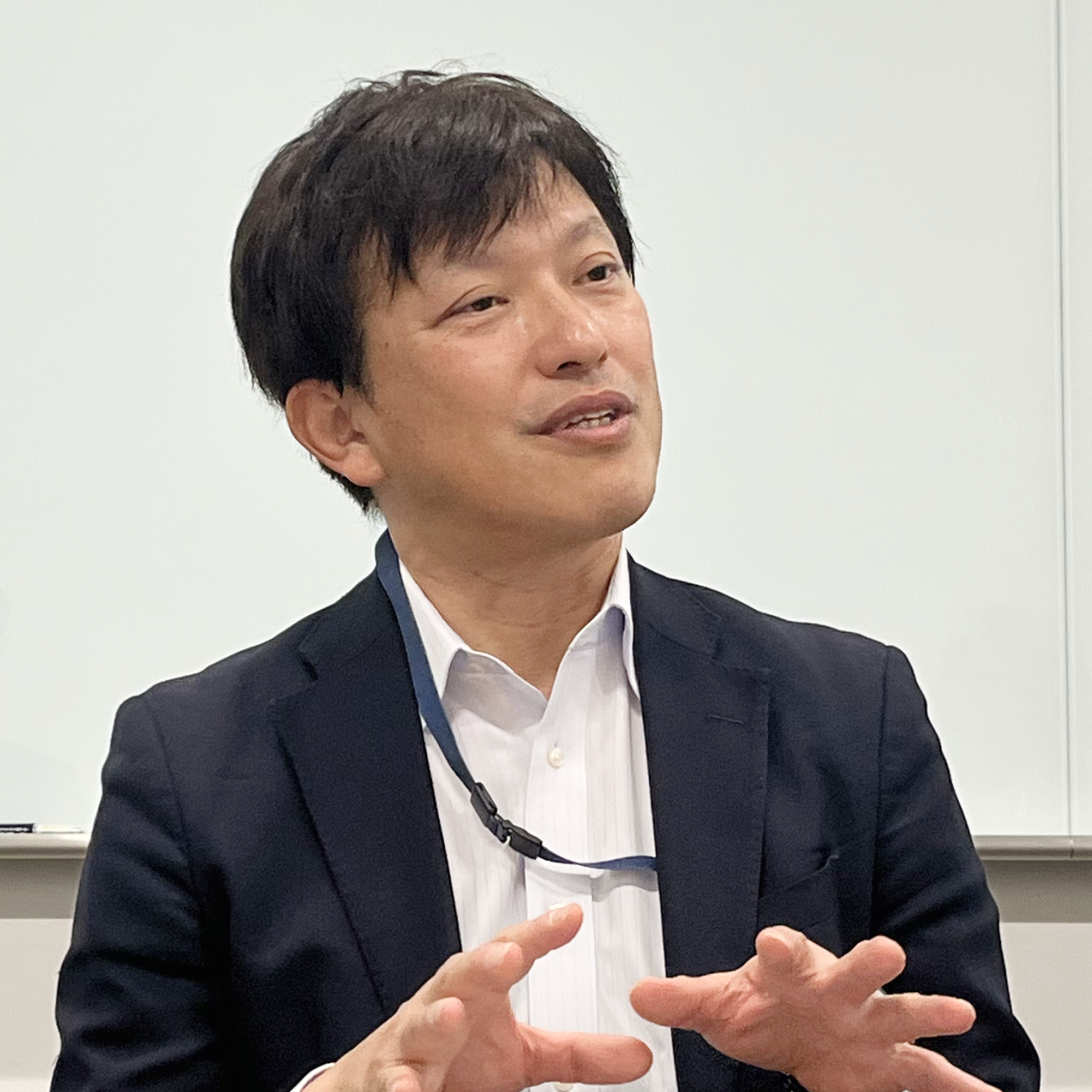
Dr. Kamata,
Senior Manager of the Planning and Administration Department And Digital Solution Department, Research and Development Division
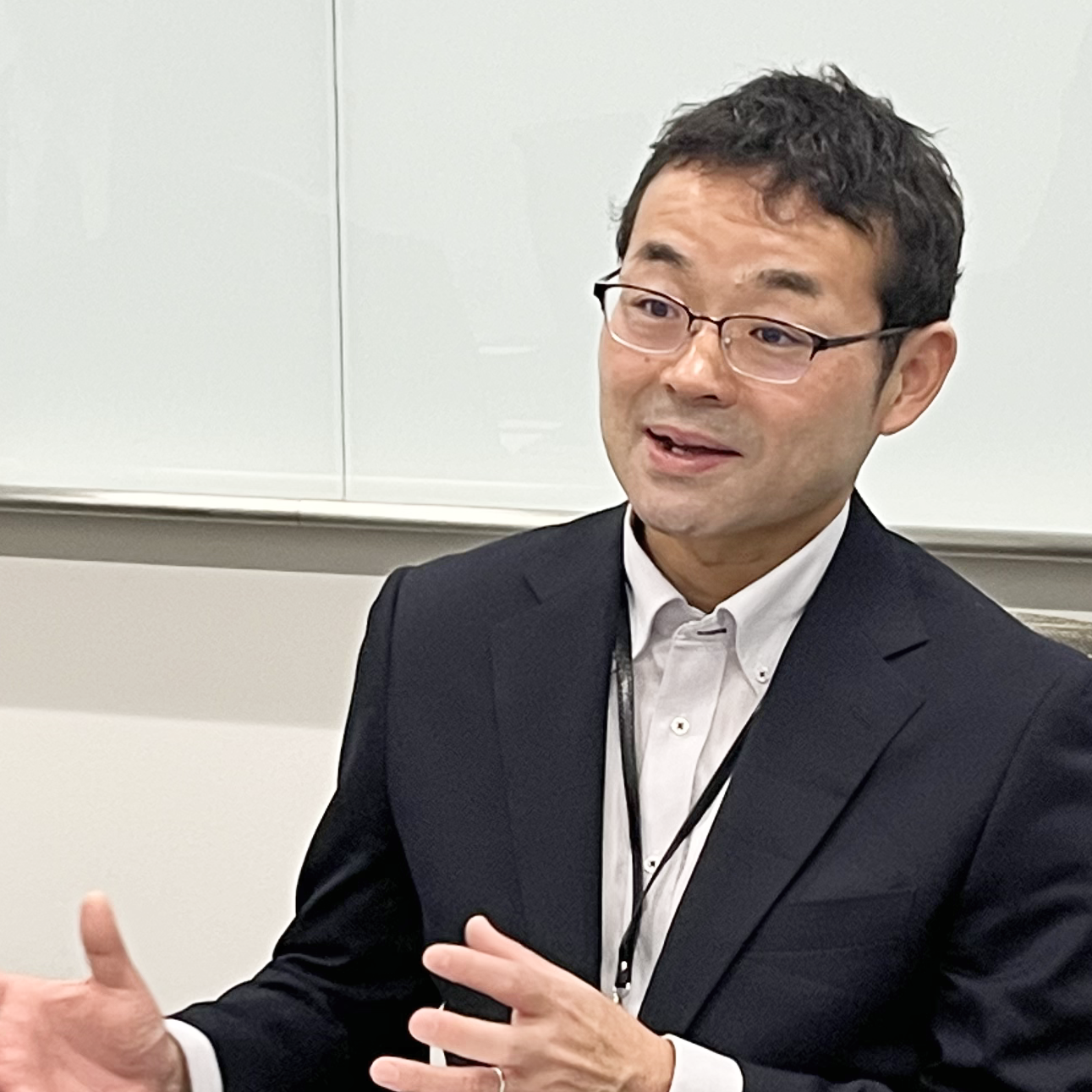
Dr. Miura,
Manager of
the Digital Solution Department
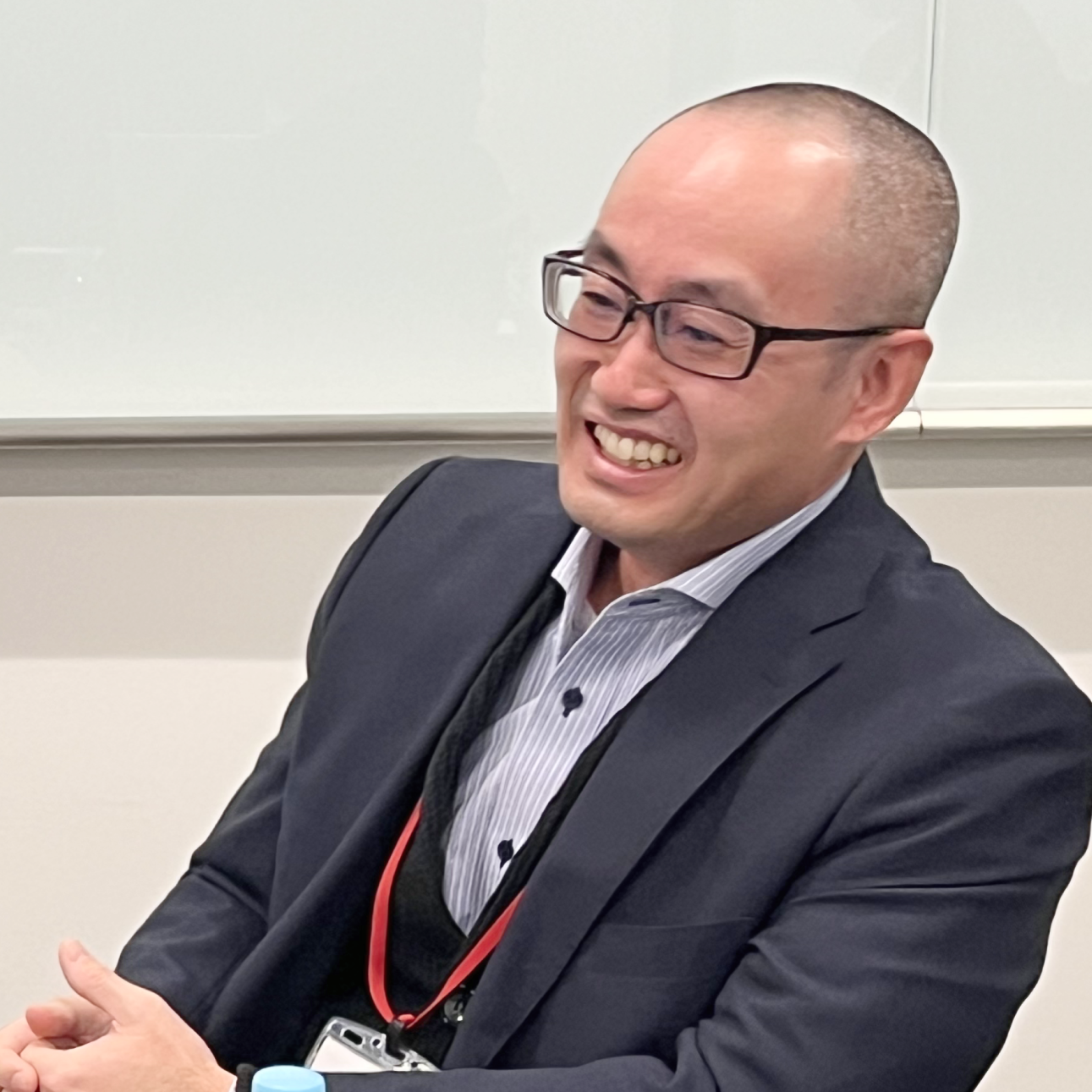
Kuraray Co., Ltd.
Established in Kurashiki City, Okayama Prefecture in 1926 to commercialize rayon synthetic fiber, Kuraray pioneered the chemical synthetic fiber industry in Japan with the world’s first commercialization of the synthetic fiber vinylon in 1950. Since then, the company has continued to expand in the chemical field based on its proprietary technologies in polymer chemistry and synthetic chemistry, and today operates in 32 countries and regions worldwide as a specialty chemical company that manufactures and sells resins, chemical products, activated carbon, fibers, and other products.
For more information, please visit the following website:
Head Quarters: Tokiwabashi Tower, 2-6-4 Otemachi, Chiyoda-ku, Tokyo (Reception 21F)
- Website: https://www.kuraray.co.jp/
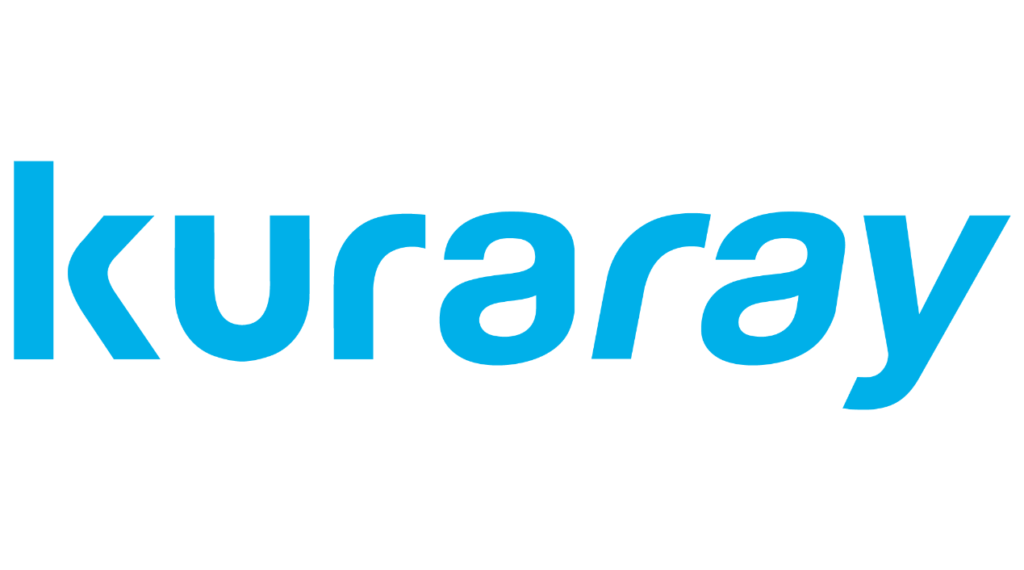
*Company names and product names appearing in this document are trademarks or registered trademarks of the respective companies.
*The information is current at the time of the interview.
Published: May 29, 2025

